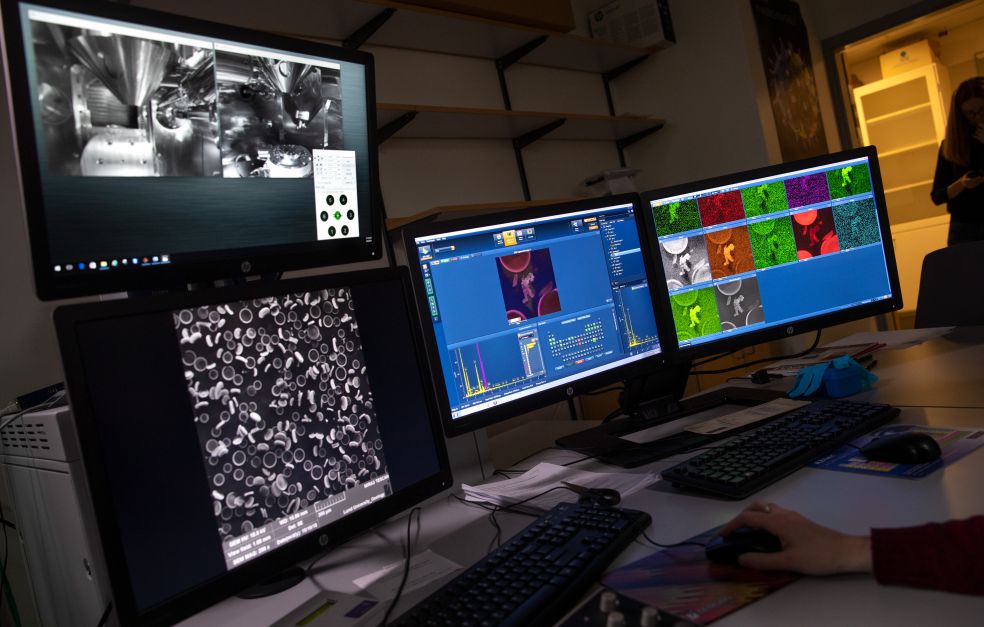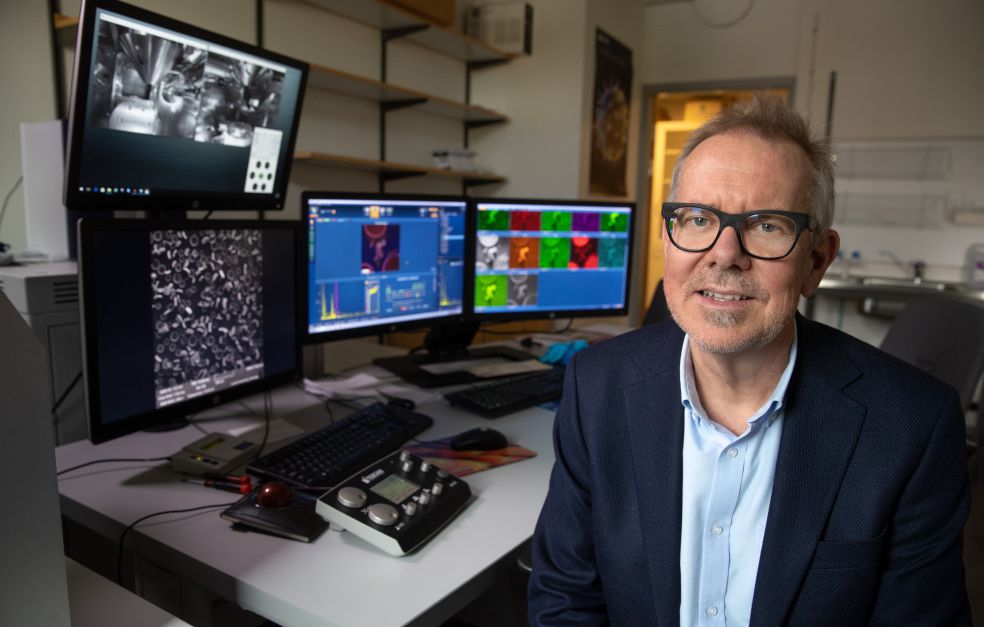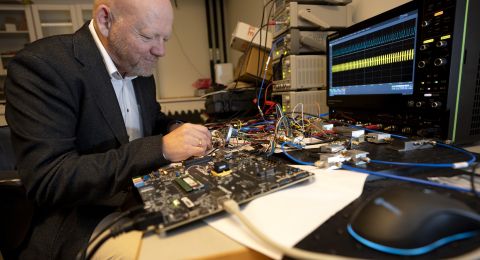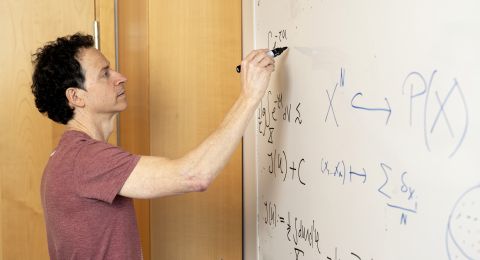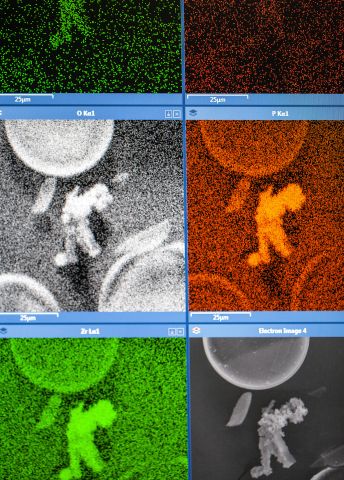
Project Grant 2018
Constraining past variations in the global biogeochemical silica cycle
Principal investigator:
Daniel Conley, Professor of Biogeochemistry
Co-investigators:
Linnaeus University
Hanna Farnelid
Daniel Lundin
Jarone Pinhassi
Institution:
Lund University
Grant in SEK:
SEK 34.2 million over five years
Silicon is one of the most common elements on the planet. Weathering of the Earth’s crust causes silicon to end up in the sea, where it is taken up by organisms such as diatoms – unicellular organisms with a silicon-rich outer wall. They are invisible to the naked eye, but their importance can scarcely be overstated. Among other things, they account for 40 percent of all marine carbon sequestration. Like other algae and plants, they absorb carbon dioxide by photosynthesis, and when they die, they sink to the bottom, where the carbon is bound in the sediment.
“Diatoms take up more carbon dioxide from the atmosphere than all the world’s rain forests put together. They also produce twenty percent of all oxygen in the atmosphere, and are the foundation for all the world’s fisheries. The algae are eaten by zooplankton, which are eaten by small fish, which are eaten by bigger fish,” says Daniel Conley, Professor of Geology at Lund University.
He is leading a research project funded by Knut and Alice Wallenberg Foundation. The project brings together researchers from Lund and Linnaeus University in Kalmar. They will be studying how the silica cycle has changed over millions of years. The existence of diatoms is one way of mapping changes.
New hypothesis based on the silicon accumulation gene
Until just a few years ago, the prevailing view was that the oceans were extremely silicon-rich until about 30 million years ago. It was thought that diatoms had become much more common in a short space of time, removing much of the silicon in the sea as they grew in number. But in recent years, research in Lund and elsewhere suggests a more complicated picture. With the help of modern technology, a gene has been found that enables organisms to absorb and store silicon. That gene has been found in many species – species that have existed for more than one and a half billion years. Cyanobacteria are one example.
“The fact that cyanobacteria take up silicon was a real revelation. We have only known this for a few years, and when the findings were first published, hardly anyone could believe it. No one had made the discovery earlier because they absorb such small quantities. But given how incredibly dominant cyanobacteria have been in the oceans, they naturally have an impact on the silica cycle anyway,” Conley explains.
Following these findings about cyanobacteria, Conley and his colleagues posited a new hypothesis. They believe that living organisms may have impacted Earth’s silicon much longer than was previously thought, and they want to ascertain the length of time involved.
Hard to find fossils old enough
The project has two main parts. The researchers will identify suitable fossils that can be used to establish how long diatoms and other silicon-accumulating organisms have existed on Earth. They will also be studying a specific component in the fossils, called spicules. Spicules are found in glass sponges, and are small needle-like structures consisting of silicon, among other things. The researchers can analyze fossilized spicules using a mass spectrometer in order to work out how much silicon was dissolved in the oceans at different times. Diatoms are too small to analyze in this way, but spicules are better preserved and substantially larger.
Larger – relatively speaking, of course. When the researchers have cleaned and dissolved the fossils using various chemicals, they have to gather up the spicules using extremely fine brushes. Their analyses are followed by complex computations, weighing up the impact of living organisms on silicon against other, non-biological, factors. These include continental drift, changing ocean currents and the eruption of supervolcanos.
“Finding suitable fossils is a major challenge. Genetic computations show that diatoms may have existed for as long as 240 million years. But pressure and high temperature can cause silicon to recrystallize, which destroys fossils, and the oldest preserved fossils found to date are only 115 million years old. There were two known diatoms preserved in a 180-million-year-old fossil found in Germany in 1896 – but it was destroyed in a fire. We hope to find others in the same rock formation,” Conley explains.
There is no doubt that diatoms play a central role in climate, but it is not quite so clear how they themselves are impacted. Algae seem to withstand every conceivable temperature, and flourish in all oceans and seas. But they thrive best where large masses of sea water meet and intermingle. This mixing of water may decrease if ocean temperatures change.
“There are those who suggest that the oceans could be ‘fertilized’ using iron to increase diatom production, but most people doubt whether this would work. What we do know is that diatoms have a huge impact on our oceans. The aim of our project is to find out more about the state of the oceans during periods when algae were less abundant. Did it make any difference? Or were there other organisms doing the same thing to the same extent? We hope to know more about this soon,” says Conley.
Text Lisa Kirsebom
Translation Maxwell Arding
Photo Magnus Bergström

